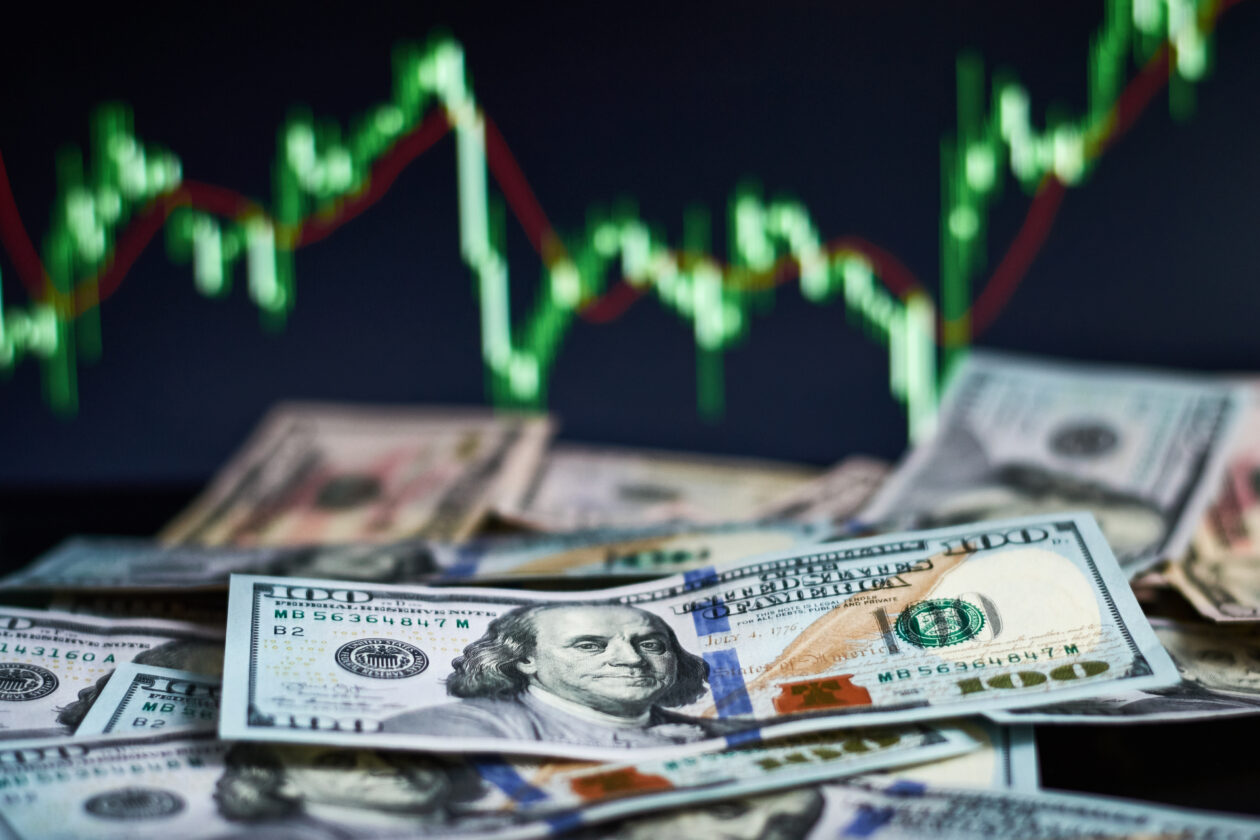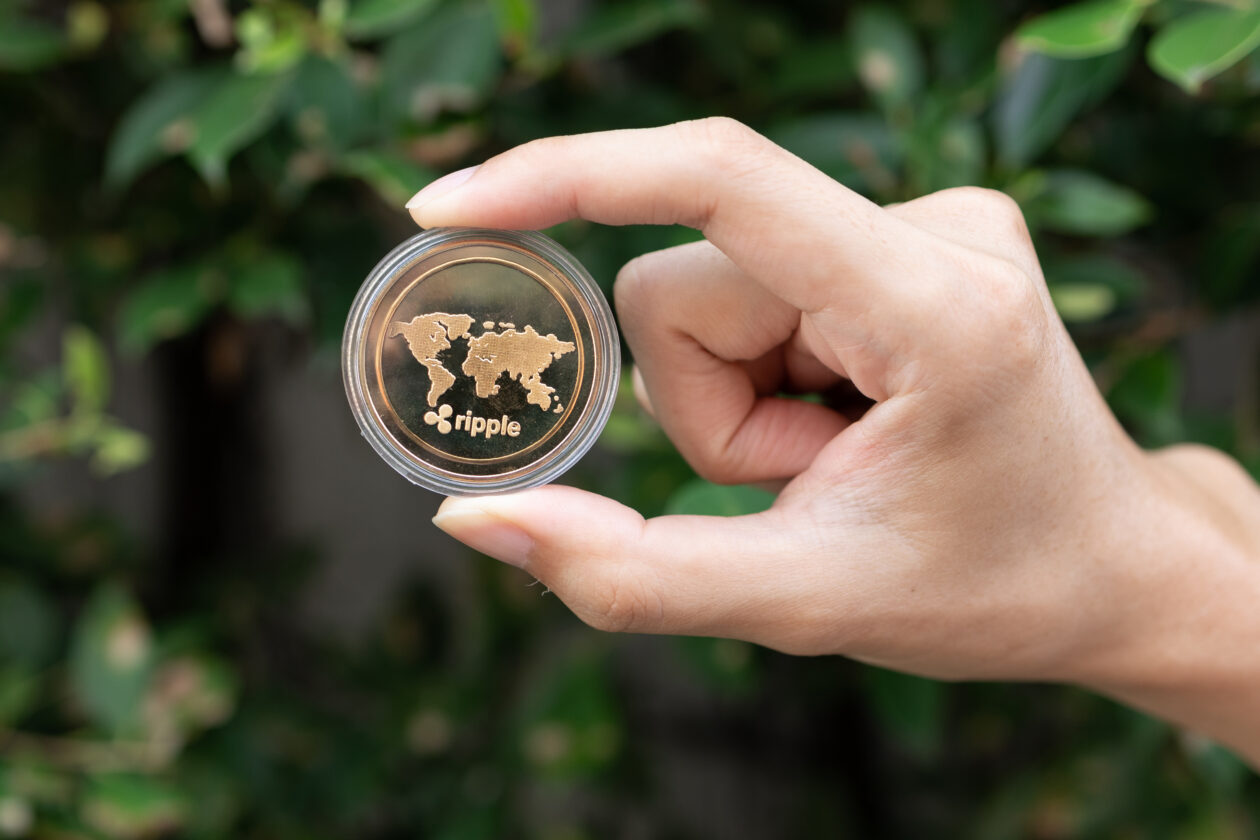Bitcoin and all other top 10 non-stablecoin cryptocurrencies gained in Friday afternoon trading in Asia. The gains come after Ripple Labs achieved a partial victory on Thursday when a U.S. court ruled that Ripple Labs’ programmatic sales of the XRP cryptocurrency did not qualify as the offer and sale of investment contracts. The U.S. Securities and Exchange Commission (SEC) in 2020 accused Ripple of offering XRP as an unregistered security. The judgment marks a significant milestone in the three-year legal tussle between the San Francisco-based payments firm and the U.S. regulator. XRP rallied over 62% in the past 24 hours.
See related article: What is XRP and what is Ripple?
XRP leads crypto market rally
Bitcoin, the world’s largest cryptocurrency by market capitalization, gained 2.46% to US$31,115 in 24 hours to 4 p.m. in Hong Kong, and increased 3.69% on the week, according to CoinMarketCap data. Ether strengthened 6.46% to US$1,991 and rose 7.26% in the last seven days.
Boosted by the ruling on the SEC-Ripple case, XRP led a rally in the crypto market on Friday, rising 62.71% to US$0.7674 and bringing its weekly gains to 65.47%.
In a summary judgment on Thursday, New York Southern District Court Judge Analisa Torres ruled that Ripple’s programmatic sales of the XRP token on public exchanges do not constitute securities, but the verdict also said that Ripple’s XRP sales to institutional investors violated securities laws.
The SEC first sued the San Francisco-based financial technology firm in 2020 on the grounds that XRP constituted a security.
Ripple’s chief legal officer Stuart Alderoty called the judgment “a huge win” in a tweet on Friday. “The only thing the Court found constitutes an investment contract is past direct XRP sales to institutional clients. There will be further court proceedings only on these institutional sales per the Court’s order,” Alderoty said.
Maybe we can now start a rational conversation about crypto regulation in this country.
— Stuart Alderoty (@s_alderoty) July 13, 2023
Coinbase, the largest crypto exchange in the U.S., said in a tweet that it is reopening trading of XRP. Other crypto exchanges like Crypto.com also tweeted that it is enabling XRP trading, while Kraken Pro said on Twitter that XRP is “back in full-trading mode” on its platform.
“This can be considered a win because XRP is one of the more centralized foundations, with a prominent figurehead who offered standard sales via exchanges, and formal distribution programs. If XRP is not considered a security, nearly nothing sold via exchanges is,” Vincent Chok, CEO of Hong Kong-based consultancy First Digital, told Forkast in an emailed response.
“If the court states that XRP is not a security, it strengthens the case for many other tokens that the SEC considers a security. The SEC has tried the regulation by enforcement tactic, but this ruling might make it think twice about its past approach,” Chok added.
However, according to Ben Caselin, vice president and chief strategy officer at Dubai-based crypto trading platform MaskEX, the court’s ruling might be cause for some relief among investors, but this tug-of-war is far from over.
“Due to their peer-to-peer and digital native nature, cryptocurrencies do not easily allow for regulation in the traditional sense, but, going forward, if projects and companies who issue tokens want to deal with the general public and institutional investors, they might want to practice more caution compared to a few years ago,” Caselin told Forkast in an emailed response.
XRP’s 24-hour trading volume soared 1,743.38% to US$13.27 billion, while its market capitalization strengthened 64.52% to US$40.85 billion.
The verdict on the Ripple vs. SEC lawsuit also boosted prices of all top 10 non-stablecoin cryptocurrencies.
Cardano’s ADA token gained 22.88% to US$0.3526, bringing its weekly gains to 25.91%. Solana increased 31.98% to US$28.75 and is up 47.96% on the week. Polygon’s Matic token strengthened 17.96% to US$0.8555 in 24 hours and 29.4% on the week.
The three cryptocurrencies saw double-digit losses in early June when the SEC labeled the tokens as financial securities in its lawsuits against crypto exchanges Coinbase and Binance.US.
“The resolution of the lawsuit could lead to increased investor and market confidence in XRP [which] could attract new investors and drive greater liquidity and trading volume for XRP,” Minal Thukral, executive vice-president of growth and strategy at CoinDCX, India’s first crypto unicorn, said in an emailed statement on Friday.
The total crypto market capitalization rose 5.59% to US$1.25 trillion, while market volume increased 131.39% to US$70.53 billion in the past 24 hours.
Forkast 500 NFT index gains
In the non-fungible token (NFT) market, the main Forkast 500 NFT index edged up 0.27% to 2,706.85 in 24 hours to 6.45 p.m. in Hong Kong.
Forkast’s Ethereum and Solana indices also gained in the same period.
Total NFT sales volume on Ethereum blockchain gained 8.95% in the past 24 hours to US$17.07 million, according to data from CryptoSlam.
By collections, Ethereum-based Bored Ape Yacht Club recorded the highest 24-hour sales volume, rising 2.76% to US$2.09 million.
NFT sales volume on the Bitcoin network declined 22.49% in 24 hours to US$2.68 million. Bitcoin’s $FRAM BRC-20 NFTs ranked the second-highest among collections.
“CryptoPunks are gaining traction after Twitter users started speculating that a new cryptocurrency would be launched by an influencer named Pauly, who has been active in the Phunks community,” according to Yehudah Petscher, NFT Strategist at Forkast Labs, the parent company of Forkast.News.
I AM creating a token.
— PAULY (@Pauly0x) July 9, 2023
There is no next $pepe.
Be early. You will thank me later. pic.twitter.com/bCUE7Sh6bJ
“Pauly is known as a co-defendant in the Yuga Labs vs Ryder Rips BAYC collection lawsuit, and also as potentially a co-creator of Yuga Labs’ $APE Coin,” Petscher added.
Ethereum-based CryptoPunks gained 9.01% in sales volume to US$927,929 in the past 24 hours, ranking it the fourth biggest collection.
Asian equities, U.S. futures gain; European bourses mixed

Asian stock markets mostly rose on Friday after the People’s Bank of China deputy governor Liu Guoqiang said that China’s central bank will step up “countercyclical adjustments” to aid recovery of the world’s second-largest economy. The central bank would use monetary policy tools such as the reserve requirement ratio, medium-term lending facility, and open market operations to boost economic growth.
China’s Shanghai Composite, Hong Kong’s Hang Seng, South Korea’s Kospi strengthened while Japan’s Nikkei dropped.
India’s annual wholesale price index-based inflation declined for the third straight month to 4.12% in June compared to 3.48% in May. The decline was mainly due to lower prices of food products, mineral oils, crude petroleum and natural gas.
India’s Sensex index at the Bombay Stock Exchange gained 0.77% at the close of trading hours on Friday.
Earlier this month, Goldman Sachs said the world’s most populous country would become the world’s second largest economy by 2075, surpassing not only Japan and Germany but also the U.S.
As India’s population of 1.4 billion people becomes the world’s largest, its GDP is forecast to expand dramatically. Goldman Sachs Research projects India will have the world’s second-largest economy by 2075. https://t.co/CFFM0JsmEL pic.twitter.com/xHruyuSFex
— Goldman Sachs (@GoldmanSachs) July 6, 2023
U.S. stock futures strengthened as of 8 p.m. in Hong Kong, with the Dow Jones Industrial Average futures, the S&P 500 futures, and the Nasdaq 100 Futures all in the green.
The U.S. producer price index (PPI) released Thursday recorded a 0.1% year-on-year rise for June, down from 0.9% in May. The June figure is the smallest increase since August 2020. The data is also well below analyst expectations of a 0.4% annual increase.
The latest U.S. consumer price index, a key inflation indicator, slowed to 3% in June, beating market expectations of 3.1%. It was also the smallest annual increase since March 2021, and brought inflation rates closer to the Federal Reserve’s target of 2%.
Jeff Feng, co-founder of Sei Labs – a contributor to the Sei blockchain focused on trading – and a former Goldman Sachs analyst said that cooling inflation will be a boost to crypto markets.
“This economic thaw doesn’t merely spell relief from the spiraling prices but is also poised to breed bullish sentiment across markets, especially for risk-on assets like cryptocurrencies. As the fear of inflation recedes, investors, buoyed by the healthier economic outlook, may be more inclined to channel their resources toward such assets,” Feng wrote.
The Federal Reserve meets on July 26 to discuss its next move on interest rates which are currently between 5% and 5.25%.
“We will still see a rate hike in July. The debate will intensify though, and we do not expect a move in September,” Keith Wade, chief economist and strategist at Schroders, said in an emailed statement on Friday.
“The next move should prove to be the last hike in this cycle with cuts following thereafter,” Wade added.
European bourses traded mixed on Friday as the benchmark STOXX 600 gained while Germany’s DAX 40 dropped during Friday afternoon trading hours in Europe.
(updates with equities section.)






